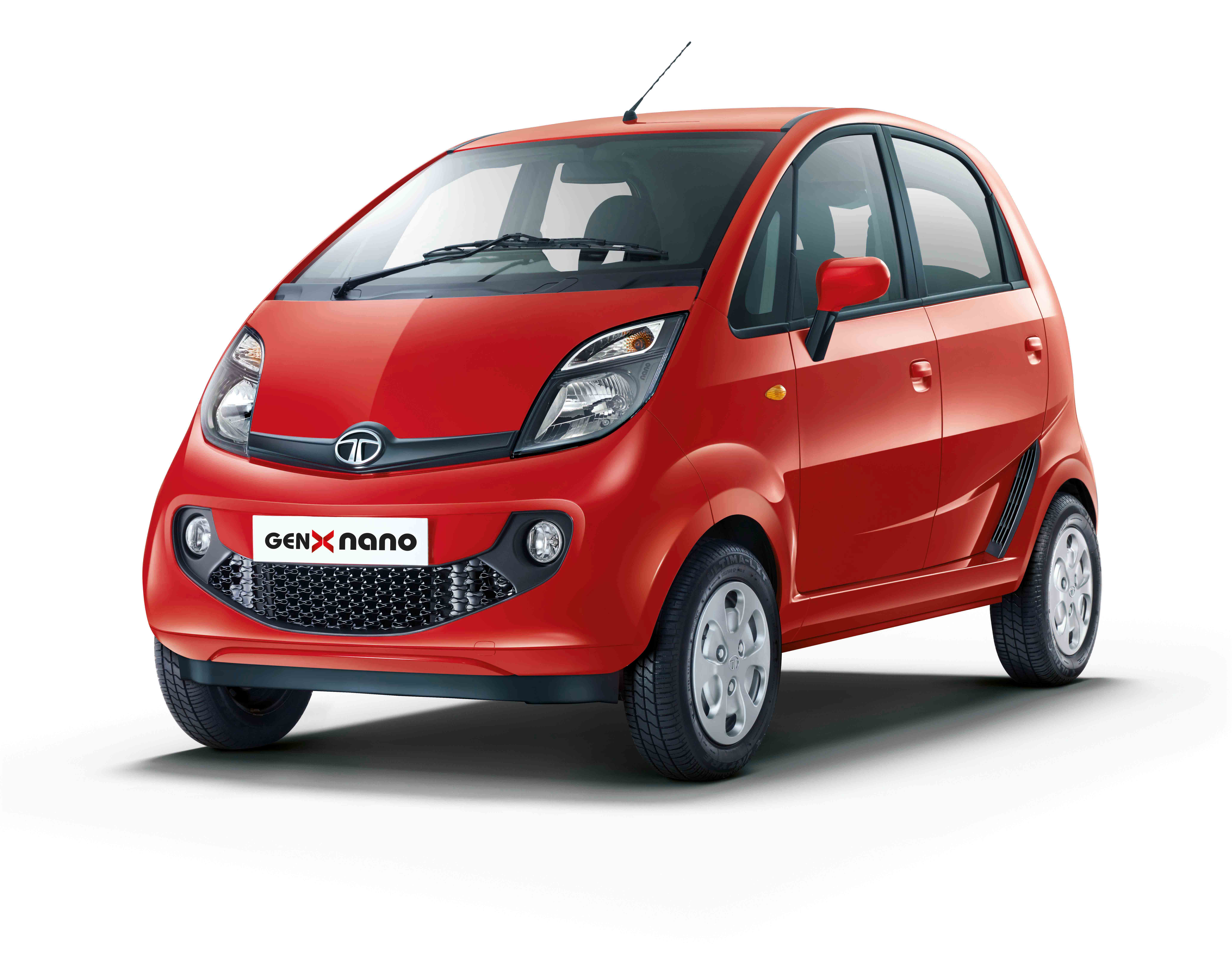
The first time I heard about Tata Nano was in my second COMM101 lecture. At first I was really astonished to hear the car’s cost: only 100,000 rupees (about $2,200). It seemed like an optimal solution for the Indian market, where 21.9 % of the population lives below the poverty line and many travel on extremely precarious scooters.
The goal was to sell 20,000 cars a month; in November 2010 however, it sold around 509 units. The head of Tata Motors itself reported in 2010 that the Tata Nano business model had to be reinvented.
As Lee Yohn reports on Business Insider, the main reason for this flop is the wrong approach to the customer. Since the company has focused more on the low price than the practicality of the city car, the low-end and slightly higher-end customers had a low interest in purchasing the product, a clear symbol of poverty.
In May 2015, Tata Motors slightly changed its offer proposition, with a new, appealing model, the Nano GenX. It seems the company has learned from its mistakes, as the new model now offers many optional features and has managed to change the customers’ perception of the car from affordable to stylish and practical.
Even though Tata Nano was supposed to revolutionize transportation in India, it missed an essential step: understanding what the customer really needed. Finger crossed for GenX.
Credits
Yohn, Denise Lee. “What Went Wrong with Tata Motors Nano.” Business Insider. Business Insider, Inc, 22 May 2013. Web. 04 Oct. 2015.
“Stuck in Low Gear.” The Economist. The Economist Newspaper, 20 Aug. 2011. Web. 04 Oct. 2015.
Baggonkar, Swaraj. “Has the Tide Turned for Tata Motors?” Business Standard. N.p., 17 June 2015. Web. 04 Oct. 2015.
“Rural Poverty Portal.” Rural Poverty Portal. N.p., n.d. Web. 04 Oct. 2015. <http://www.ruralpovertyportal.org/country/statistics/tags/india>.